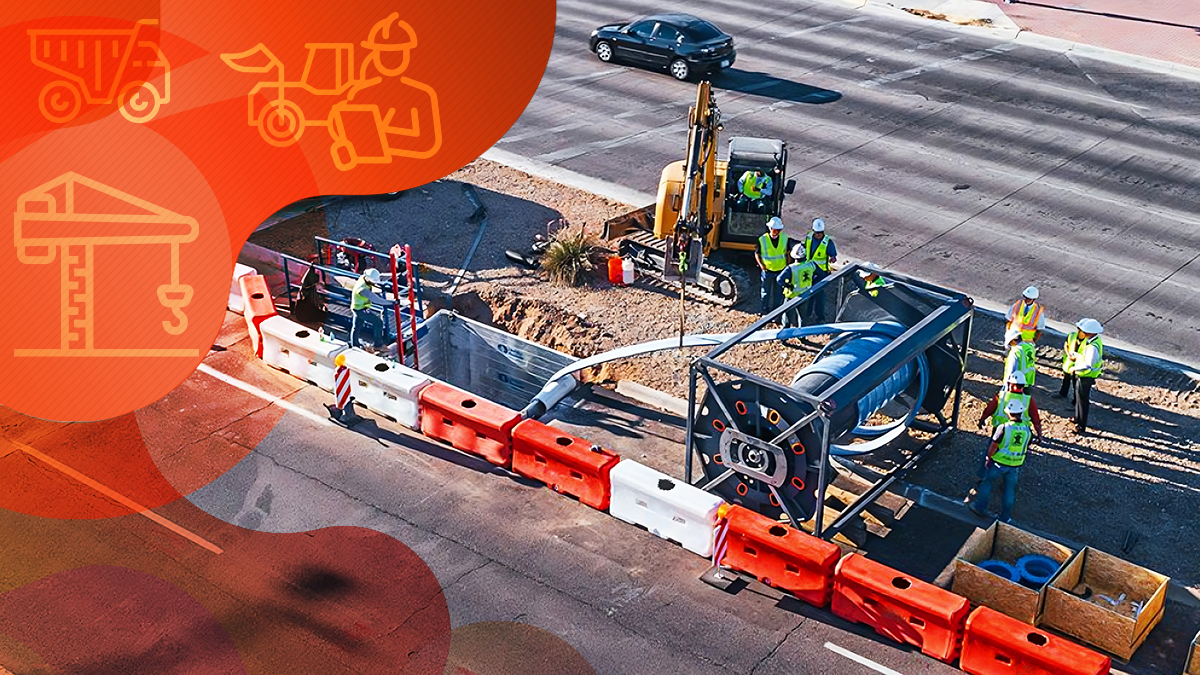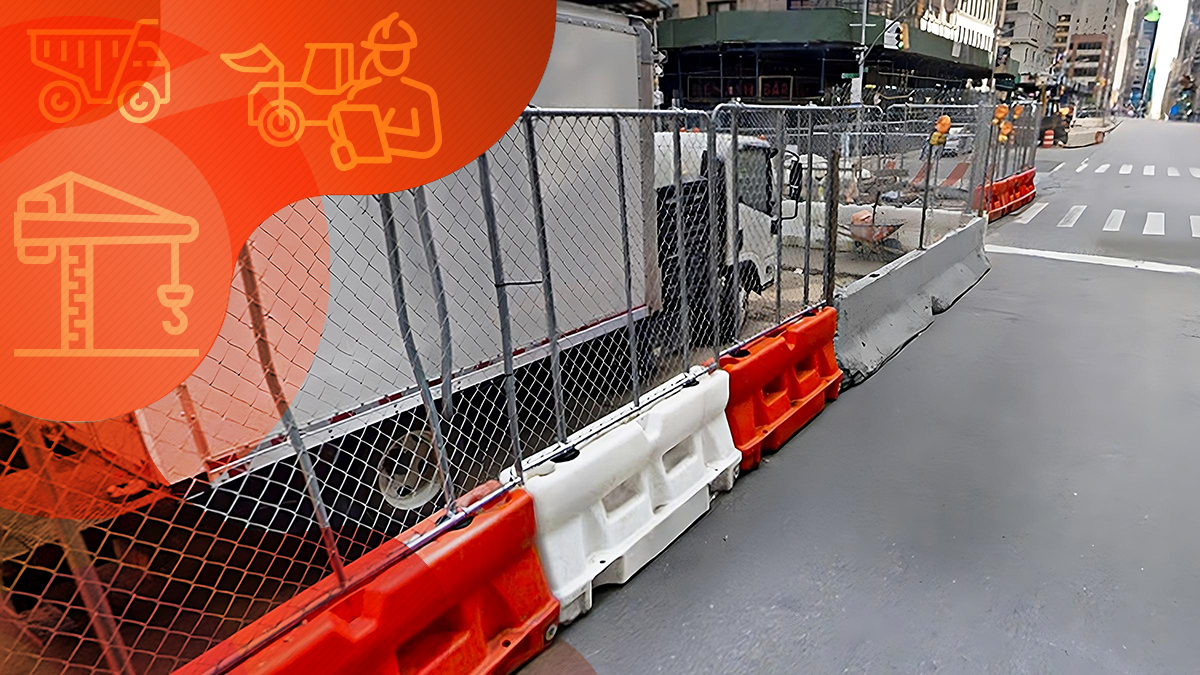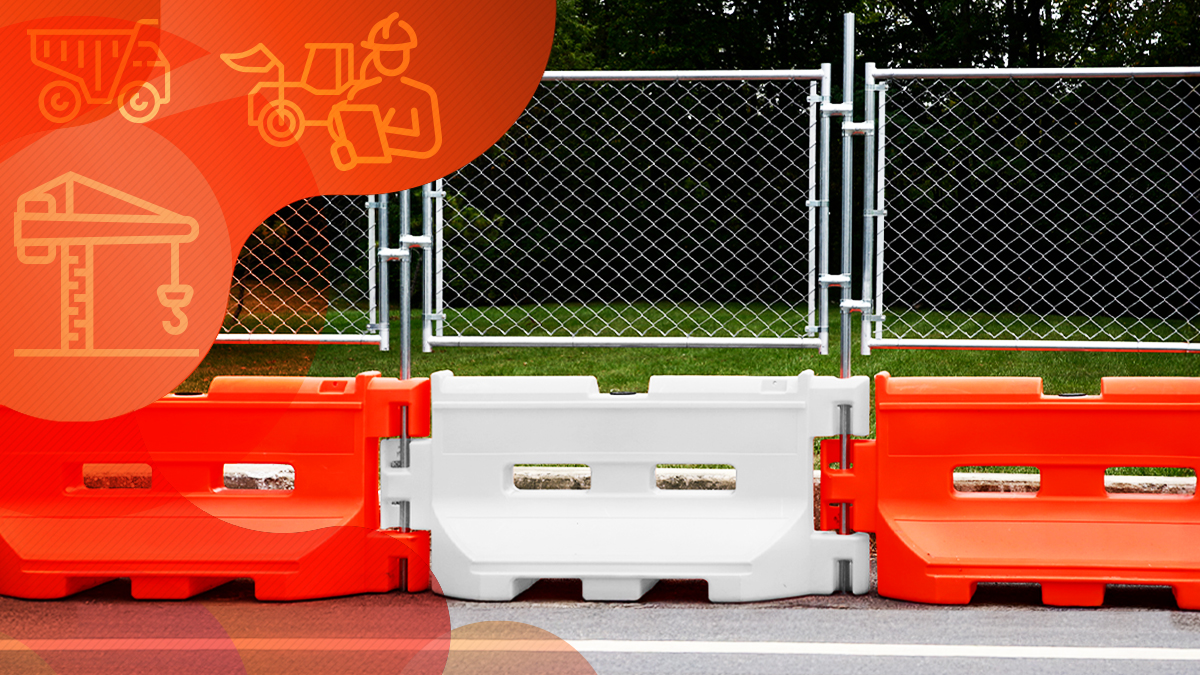How to reduce costs in a construction project
Looking to cut costs in your construction projects without compromising quality? Check out our expert advice on cost control strategies and budget management to help improve your company's profitability.

The past few years have been rough on the construction industry – then again, all industries experienced some difficulty. This has not been an easy time, but we are starting to see light at the end of the tunnel.
While experts say that growth looks good for residential construction, office and warehouse construction as well as higher education and retail may slow a bit. However, that will be offset by strong growth in the construction of infrastructure, data centers, power facilities, schools, and manufacturing plants.
This good news is tempered by the reality of increasing construction costs, particularly in the areas of materials and wages. The challenge then becomes how to reduce costs in a construction project without sacrificing quality.
This can be accomplished with several cost-cutting strategies.
What is Cost Control in Construction?
Construction cost control is simply the method or process utilized in the management of construction costs to improve profitability. It employs strategies to address the many expenses that come with a project, including overhead, labor and materials. It also ensures delivery is on time, quality is maintained and each project generates revenue.
Budgeting is a major component of these strategies to reduce construction costs, but it also includes procurement of high-quality materials for the best possible price. This may mean using more than one vendor or reviewing several vendors until you find the right one.
Your contracts are also integral to keep costs low. Negotiating favorable contracts will help you control costs by staying on budget with materials and staying on track with project delivery.
But before any of this can happen, you need to start with a good budget.
Plan Ahead and Create a Budget
You need one primary budget for your company, but within that, you will need budgets for each project. This will help you track spending and keep you under the overall budget.
Good construction budget management includes the expected costs for labor, permit fees, materials, and equipment, but it should also have a contingency fund - making it flexible enough to accommodate risks and emergencies.
There are a number of tools that track the costs of a project in real-time and help construction managers stay under budget.
Creating a construction budget is the first step. This is typically not a static budget, rather it will adjust to company growth, rising and falling costs for equipment and materials, as well as project needs. You will likely find that your budget changes as your business grows.
Creating a Construction Budget
Every expense, no matter how small, will impact the profitability of any construction project. When creating a construction budget, you want to include all of these costs which fall into one of four categories:
- Direct Costs – Materials, wages
- Indirect Costs – Utilities, rent, safety equipment
- Fixed Costs – Any costs that are consistent regardless of the scope of the project (i.e. equipment rental)
- Variable Costs – Supplies, materials, overtime wages
When creating your budget, look at every area that costs you something – this includes time. This will likely vary, depending on the type of project. Areas that should be on the list include site prep, framing, roofing, interior, exterior, and mechanicals like HVAC.
The way you organize your budget depends on your needs and what works best for you. Just don’t forget to include all the expenses under all four categories so you can get a clear and accurate picture of what the project will cost you and what it will take to show a profit.


Implement cost control practices
Cost control in construction is integral because one project budget mistake can have tremendous financial ramifications. There are several practices you should employ that will help increase profit and keep your projects under budget.
- Provide thorough, realistic estimates – Review the expenditures on previous projects and use that as a baseline to provide more realistic estimates on all your costs.
- Keep daily reports and documented updates – Each team should provide updates and reports on daily progress. This helps you stay on track and provides documented progress, expenses, and more.
- Have a communication plan in place – You need good communication with your teams, vendors, and clients. This will help avoid any unforeseen issues.
- Have a contingency plan – It’s always good to have a backup plan should something go wrong.
- Hire reliable subcontractors – Unreliable subcontractors can turn your on-track project into a nightmare. Choose carefully.
- Keep your change orders to a minimum – Once the project has begun, any change orders should be limited. This can bite into your timeline and your profits.
- Do a post–project evaluation – This can include a construction project cost breakdown, lessons learned analysis, and a documented review of the project's lifecycle.
Use Cost-Effective Materials
Using cost-effective materials does not mean going cheap. It means using materials that have added value because they are an investment. Methods for stabilizing a temporary fence provide a good illustration of this.
Temporary fencing panels typically require some sort of stabilization to keep them in place and prevent them from falling over. Several methods are often used, some working far batter than others.
Sandbags are commonly used as a cheap, easy means of stabilization, but this method is fraught with problems. Sandbags are not reliable, nor are they durable. They may keep the fencing in place for a while, but inevitably the bag breaks or shifts, and the fence is no longer stable.
When this happens, you will have to get more sandbags. In the long run, it can easily wind up costing more than if you had used appropriate stabilization that was designed specifically for the job.
Anchor Weights are made to be used with temporary fencing panels. They're durable, won’t leak or shift, and can be used over and over, making them very cost-effective. They are easy to store, and you don’t have to worry about them leaving a mess or needing to be replaced for a long time.


Improve Jobsite Safety
Jobsite safety is also integral to control project costs. Injuries and accidents can be very costly, and some may even bring your project to a halt.
However, your team is not the only concern you have regarding your worksite. Trespassers, vandals, and thieves can also breach your perimeter and leave behind a very expensive mess.
Temporary fencing for the perimeter of your worksite should be included as safety equipment in your budget. It deters unauthorized personnel from entering your website, keeping it more secure and reducing the risk of lawsuits, theft, and vandalism.
Buy in Bulk
Buying in bulk is a smart cost-cutting move and you should employ that strategy whenever you can. When you buy in bulk you get a lower price per item and maximize your savings.
One way to save money on construction projects is to join rewards programs like the SONCO Club. This can boost your savings and help you stay under budget. Just look at what SONCO Club offers in its membership program:
- Personalized rewards
- Specialized customer service
- Access to industry specific deals
- Special, handpicked perks
- Community insights
- Curated marketplace
- Easy tracking of rebates and rewards
- Referral rewards
- Outstanding savings
Because your membership is personalized, it allows you to optimize your savings so you can cut costs while building your business.
SONCO has a wide range of construction supplies, including temporary fences, fence screens, mandatory signage, personal protection equipment, and traffic safety supplies.
Joining the SONCO Club is free, and you’ll get 10% off your first purchase with the coupon code CLUB10. This discount is especially beneficial when buying in bulk, allowing you to maximize your savings.


Implement a Quality Control Process
Implementing a quality control process is vital to not just to cut construction costs but for your company’s reputation. You want to be known for your commitment to quality as well as keeping it under deadline.
Quality control checks should be conducted throughout the project's life. Often, they are done at project milestones. Begin the project with a checklist that includes every goal and expectation at each milestone. That way you can check it off as you do your inspection.
These checks can not only help keep the project on track, but they can also keep costs down because you can identify issues before they become major problems. These checks can also help you recognize project points where you may need to adjust the original plan or change the course.
It is much better to have that information early, while the project is ongoing, than to complete it and find that a portion has to be redone.
Start the project with a baseline that includes an assessment of the site as is, whether it has existing structures or is just an empty lot. Then include the goals and milestones with specific areas to check – especially areas that may present potential issues.
Keep copies of the completed list with notes each time you do a check and do another check at the end to close out the project. These records can prove valuable for later projects or if there's a client dispute.
Quality control is the crux of figuring out how to lower construction costs. Explore our blog to learn more about quality control in construction.
Trend now

Reducing Impact Damage with Water-Filled Plastic Jersey Barriers
Understanding the effects of barrier materials on vehicles and their occupants can help improve road safety.

Choosing Between Concrete or Plastic Jersey Barriers
Not all barriers are built the same. Here’s what to know before choosing between plastic and concrete.

Advantages of Water Barriers with Fence Toppers
Learn how a fence topper transforms water barriers into a more secure, private, and effective work site solution.

